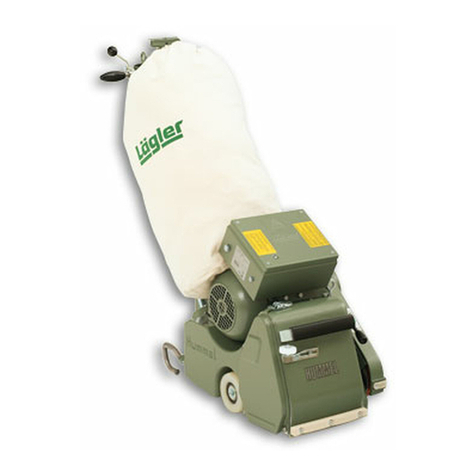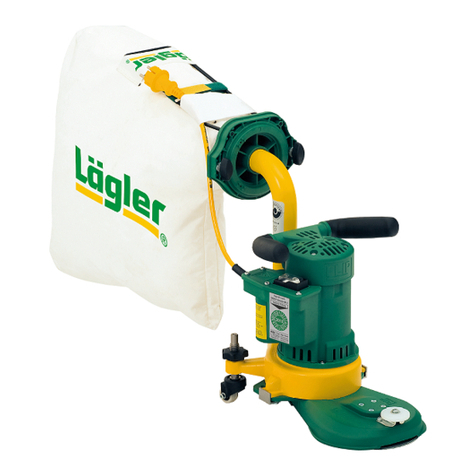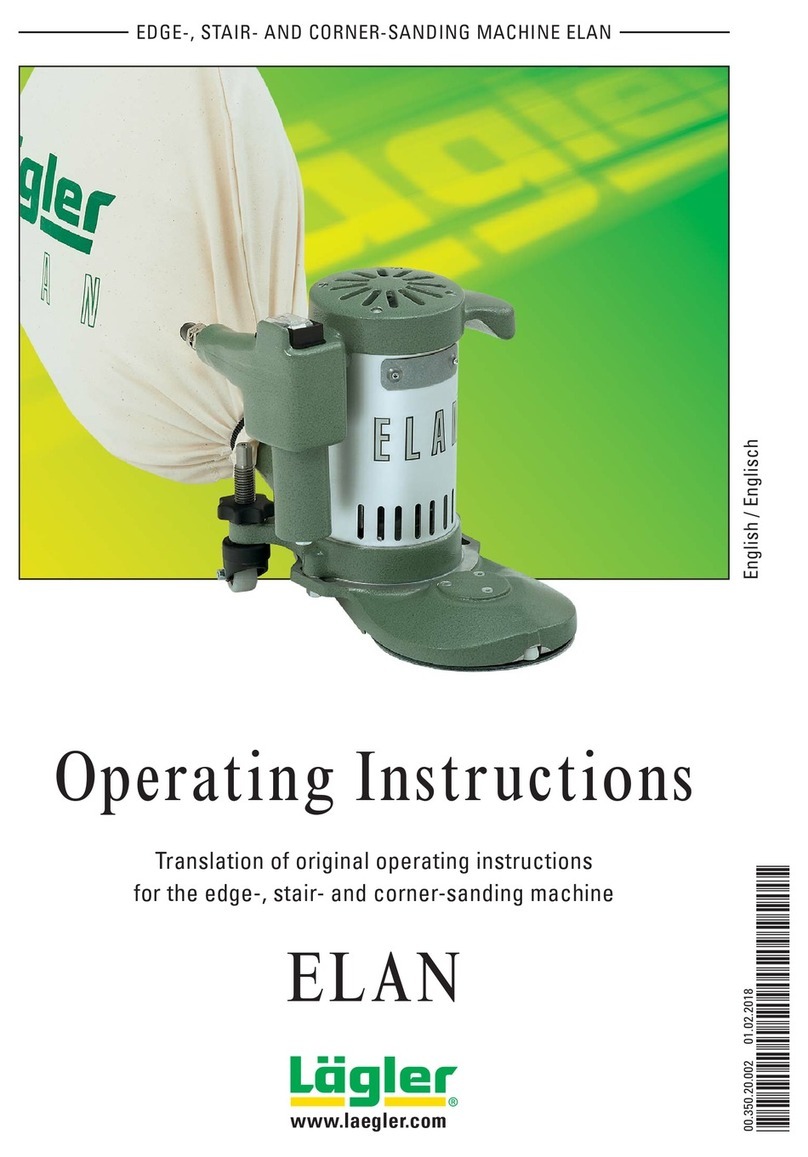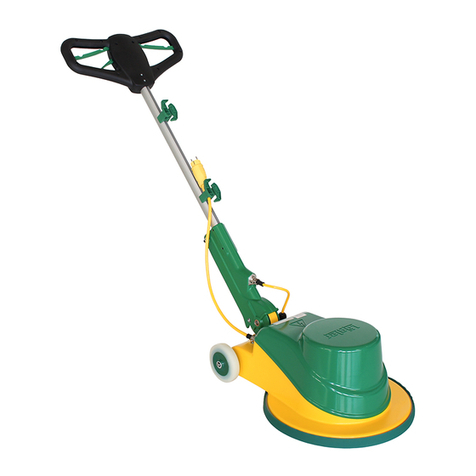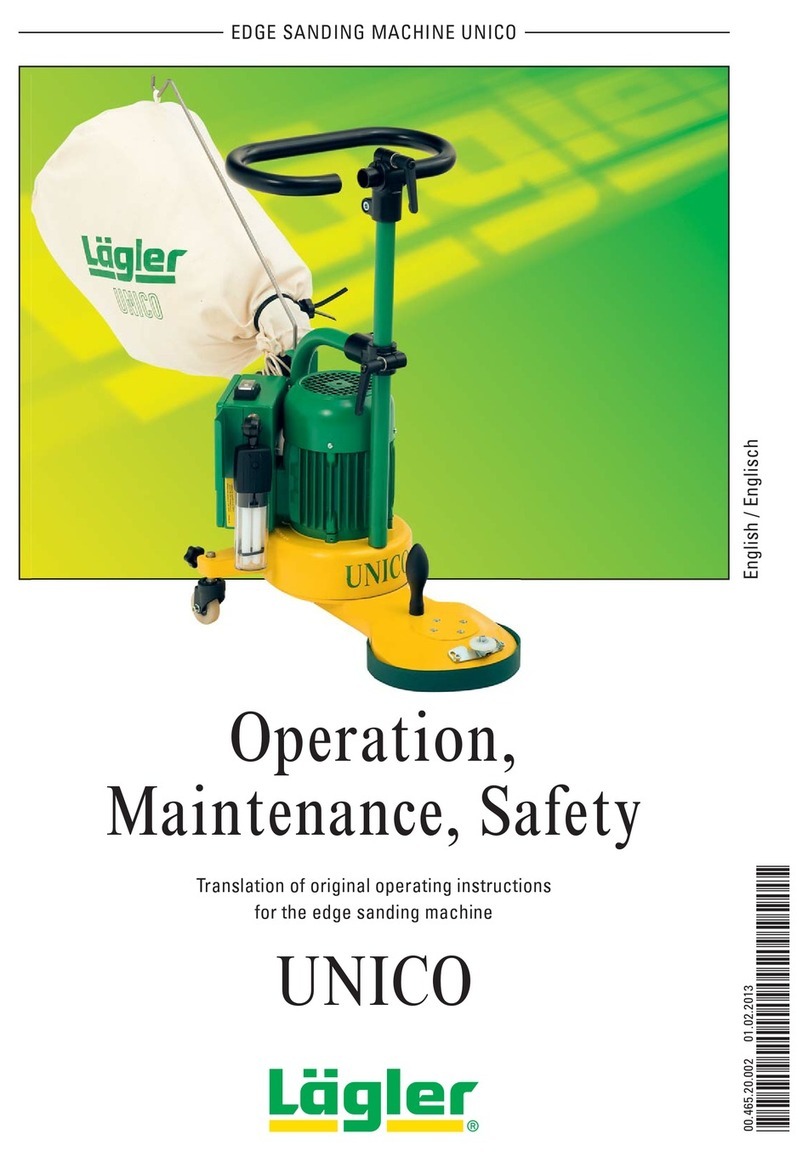
TRIO 01.04.2015
English / Englisch
CONTENTS
1 Introduction.....................................................................................................................................................................5
1.1 Features of the machine ................................................................................................................................................5
1.2 Description of the machine ...........................................................................................................................................5
1.3 Intended use of the machine.........................................................................................................................................6
1.4 Protective devices..........................................................................................................................................................6
1.5 Machine configuration...................................................................................................................................................7
1.5.1 Basic equipment...........................................................................................................................................................7
1.5.2 Optional equipment......................................................................................................................................................7
1.5.3 Wearing parts and safety-related parts ....................................................................................................................8
2 Hazard warnings and safety instructions ...................................................................................................................9
2.1 Hazard warnings.............................................................................................................................................................9
2.2 General safety instructions .........................................................................................................................................14
3 Technical data ..............................................................................................................................................................16
3.1 Data on type plate ........................................................................................................................................................16
3.2 Machine data................................................................................................................................................................17
4 Commissioning .............................................................................................................................................................19
4.1 Preparing the machine.................................................................................................................................................19
4.2 Connecting the power cable .......................................................................................................................................22
4.3 Switching on the machine...........................................................................................................................................23
4.4 Switching off the machine...........................................................................................................................................25
5 Working with the TRIO ................................................................................................................................................26
5.1 General information and tips.......................................................................................................................................26
5.2 Changing the sanding plates.......................................................................................................................................27
5.2.1 Removing the sanding plates....................................................................................................................................27
5.2.2 Mounting the sanding plates ....................................................................................................................................28
5.3 Changing the sanding media.......................................................................................................................................29
5.3.1 Changing the sanding discs......................................................................................................................................29
5.3.2 Conversion to sanding screens ................................................................................................................................30
5.3.3 Conversion to pads ....................................................................................................................................................30
5.4 Working with milling discs...........................................................................................................................................31
5.5 Changing the dust bag .................................................................................................................................................33
6 Transport and storage..................................................................................................................................................35
6.1 Dismantling the machine before transportation .......................................................................................................35
6.2 Reassembly after transportation ................................................................................................................................37
6.3 Storage ..........................................................................................................................................................................38
7 Maintenance work and replacement of wearing parts ..........................................................................................39
7.1 Cleaning and care.........................................................................................................................................................40
7.2 Cleaning the filter cartridge ........................................................................................................................................41
7.3 Changing the filter cartridge .......................................................................................................................................42
7.3.1 Removing the filter cartridge ....................................................................................................................................42
7.3.2 Mounting the filter cartridge.....................................................................................................................................43
7.4 Changing the tooth belt................................................................................................................................................45
7.4.1 Removing the tooth belt.............................................................................................................................................45
7.4.2 Mounting the tooth belt .............................................................................................................................................46
2
